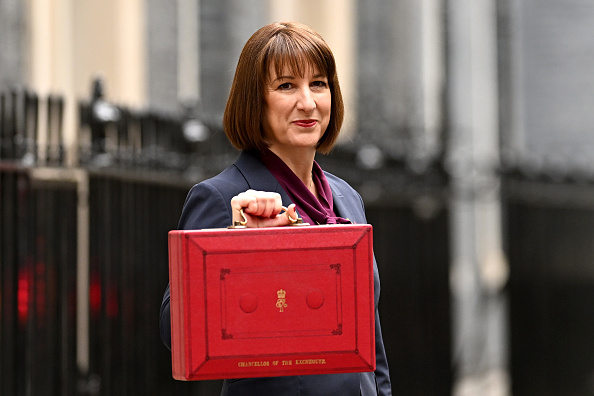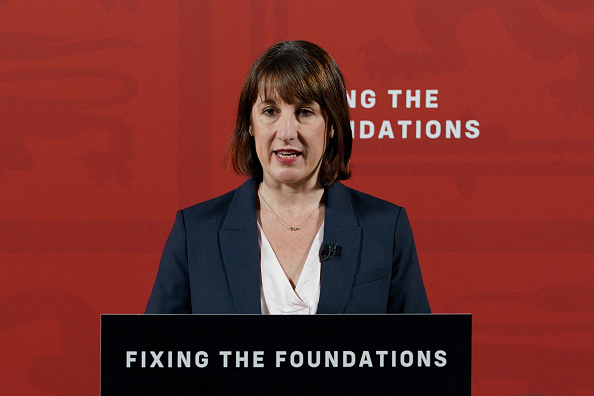Digital methods of doing business are no longer viewed as a ‘nice to have’ by consumers or business professionals – they are an absolute prerequisite. Almost 90 per cent of consumers want the option of completing transactions digitally which poses a huge challenge – and opportunity – for businesses of every size and industry.
That is one of the core findings of new research commissioned by DocuSign, the pioneer and global standard for eSignature and Digital Transaction Management (DTM). The research – now available in the new eBook What do your customers expect? – also shows that more than 60 per cent of C-Level executives expect businesses to offer digital options for completing transactions.
‘If companies aren’t already going online to accelerate the process of doing business internally, they need to do so for their customers,’ says Scott Olrich, chief strategy and marketing officer at DocuSign.
‘Today’s consumers demand the ease, speed and convenience of doing business digitally, and if your organisation doesn’t, they will find a modern business that does.’
Consumer motivations
Two in five consumers have had a document lost in the post in the past year, resulting in 62 per cent of consumers not feeling comfortable sending important or sensitive paper documents that way,
Nearly two thirds (59 per cent) of consumers believe that organisations using legacy processes – such as paper forms – are outdated when compared to their peers who are digital, and 57 per cent of consumers would choose to interact with companies that offer digital methods of completing transactions over those that stick to those dated, paper-based processes.
While executives appear to lag behind consumers in the move online, those same executives are starting to recognise its importance to their own consumers and the future of their businesses – 85 per cent cite digital transformation as a top priority within their organisations.
Consumers may be pleased to learn that the top three areas of business that C-level executives aim to improve by going online are in fact customer-centric:
52 per cent are looking to digitally improve their Customer Relationship Management (CRM),
51 per cent are focused on enhancing customer service through technoligical means, and
46 per cent are aiming to improve client satisfaction/their client experience with technologies.
However, despite having the sympathetic ear of the C-Suite, consumers are still a long way from receiving a standardised, digital experience across all departments.
Barriers to digital adoption commonly cited by business leaders include:
Lack of funding at 46 per cent, and the need to modify infrastructure before implementation at 54 per cent.
Many lines of business still have hurdles to overcome in order to complete their digital transformations. The fact that 44 per cent of senior business decision makers have undertaken digital projects without consulting their IT departments shows that ownership of initiatives is proliferating throughout departments.
However, digital transformation is a company-wide initiative, with more and more organisations creating chief digital officer roles to drive collaboration and success across departments – as just 29 per cent of business leaders have had a project advance forward without red tape from another department.
‘Increasingly, technologies like eSignature are closing the gap between consumer expectations and the realities of how business gets done,’ says Helen Sutton, vice president of enterprise for Northern Europe at DocuSign.
‘Whilst it’s encouraging to see business leaders recognise this with a greater focus on going digital as a strategic imperative, the pace and scale of transformation needs to increase in many organisations.’





